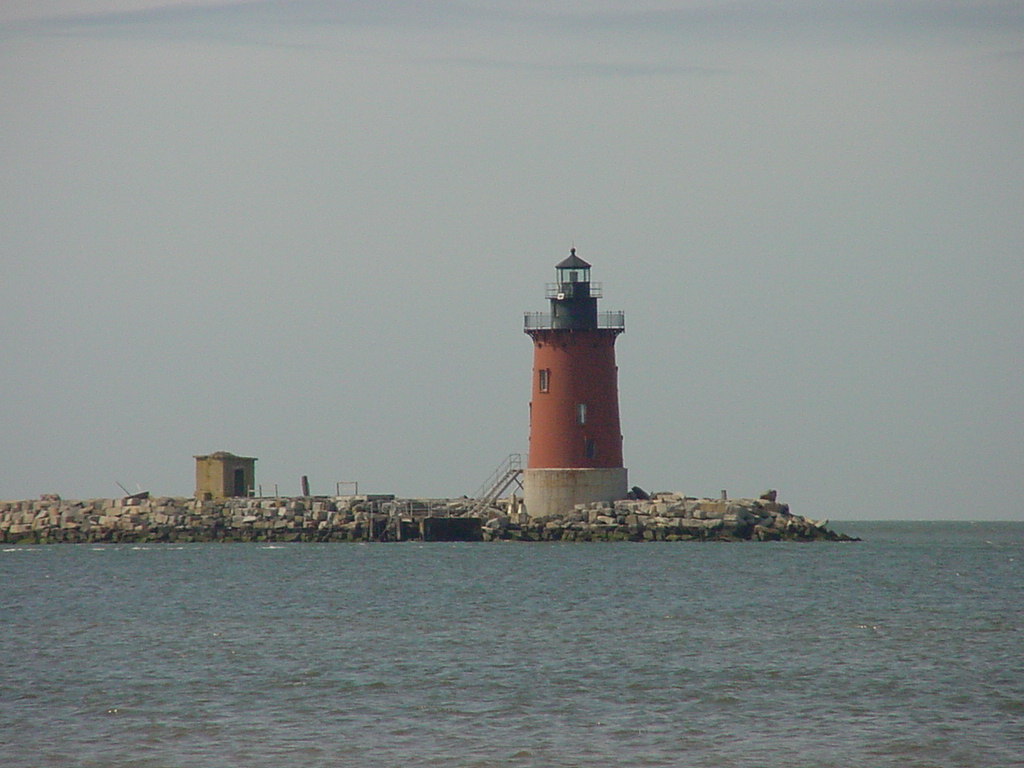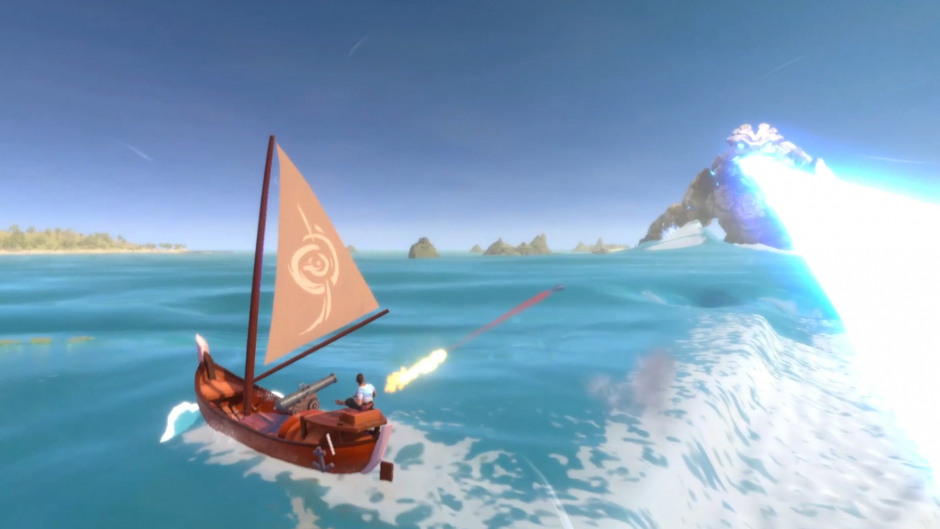


Please do not exceed the submission limits.įor poems, submit up to 3 poems in a single document with each poem starting on a new page. Submit up to 5,000 words of prose or 3 poems per reading period. Submissions in other formats will not be accepted. Please follow the instructions below to enter your submission or your manuscript will be automatically withdrawn:įor poetry, fiction, and creative nonfiction, please use. Additionally, we charge a reading fee of $3 for general submissions to help keep Breakwater Review fully operational and to be as accessible to our readers as possible. Our submission guidelines are set up to facilitate our editorial process. We receive a large number of submissions. Submissions sent via e-mail will not be accepted. Please submit your work via our submission manager.

Please do not submit your work if you are associated with the MFA program at the University of Massachusetts, Boston or the Finalist Judge. Winner and Finalists will be published in Issue 34. We accept simultaneous submissions, but please notify Breakwater if submission is accepted elsewhere. All entries will be considered for publication.

There are no restrictions on content or form. Submit up to three poems and a $10 entry fee. She helped found the MFA Program in Creative Writing at the University of Massachusetts Boston, served as its first director, and retired from teaching in 2014. The Peseroff Prize honors Joyce Peseroff’s work as a poet, teacher, editor, innovator, and mentor. Due to our volume of submissions, we are not able to answer inquiries about the status of your work. We publish ONLINE two times per year, in the Spring and Fall.
financially more beneficial (especially in deep water areas)įloating breakwaters are being designed and constructed according to technical parameters of each specific installation site.Breakwater Review only accepts previously unpublished work and is glad to review simultaneous submissions, but please inform us if your writing is accepted elsewhere. hydrotechnical works during construction are reduced to minimum. no harm to microflora of the aquatory during construction and operation. are ecologically safe (do not interfere with natural circulation of water). The pontoon immersed by such method becomes the main part of a hydro-technical design of the wave-protecting system, perceiving the main loads from the energy of waves, protecting the water area from particles of soil.įloating breakwaters have a number of advantages over the stationary breakwaters: Thereby eliminating interfering alluviums and at the same time deepening the water area without soil export to the dumping place. Submerged-type breakwaters, after its’ launching and installation, are being immersed to water by filling of the case with soil from the bottom of the protected water area. This type is being installed in open water areas(seas and oceans) based on the hydro-dynamic analysis and related research.Ĭonstructed for installation inside the wave-protected water areas, where due to strong winds waves can be increased up to 2 m, creating unacceptable wave loads for normal port operations. Interaction of winds and waves with hydro-technical constructions Ĭalculation of flow fields and other related services ĭesign and construction of floating hydro-technical structures (breakwaters), taking into account all the above factors.ĭue to it’s big size this type of breakwaters dampens long period waves up to 70% and the short waves up to 100%. Forecast of dangerous hydrodynamic processes








 0 kommentar(er)
0 kommentar(er)
